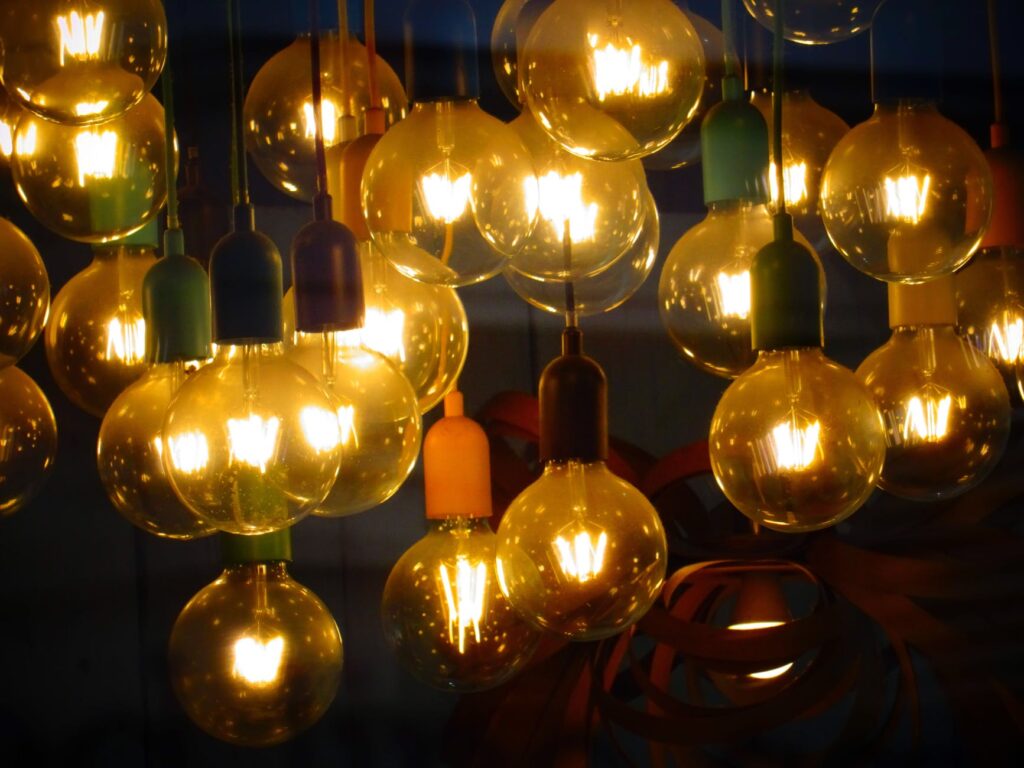Once you have light for doing and light for knowing, it’s time to think about light for feeling.
Can light impact how you feel? Imagine yourself driving a car. Suddenly, you see flashing red and blue lights coming from behind you. Your heartrate rises, your brain goes to high alert, and you reach a state of feverish anxiety. As the police car speeds past you, you slowly relax into a more normal state.
Reacting to flashing lights is not the only emotional trigger we have to light, and many of them can be positive.
Have you ever been to a restaurant or hotel lobby with a fireplace? It is doubtful that the fireplaces in restaurants are used for cooking, or heating, or light. They are used simply to make us feel good. Do we need a thousand tiny lights on our Christmas Tree so that we can see the ornaments? Not likely, but twinkle lights make us feel good. Watching a sunrise or sunset is hard on our eyes, but it is light that makes us feel good.
Recent studies indicate that the right kind of light can reduce pain and shorten hospital stays. Other studies show that the right kind of light (and the right kind of darkness) can help us sleep more soundly and wake more rested. Research results show that some kinds of light trigger melatonin suppression (a sleep hormone) while others can trigger cortisol release (a stress hormone that helps us wake). Investigation of the human eye shows that we have built-in sensors for light that are not used for sight- they simply send signals to our brain to drive the production of neurochemicals. It turns out that the right kind of light can do more than make us feel good; it might help us be healthier.
Yet all too frequently, light to help us feel good is left completely out of our homes. Instead, we focus on the most efficient way for our electrician to get light into the room, which usually means a bright, multi-bulb fixture or ceiling fan light in the middle of the room. That saves the electrician time, which saves us money, but we live with that decision every day. Later we’ll look at more specific ways that this kind of light often makes us feel bad, but for now you can imagine that it certainly is not light that makes us feel good.

Light that makes us feel good can- and should- come from natural daylight. Appropriately sized windows and intelligently placed skylights can dramatically improve our sense of wellness. But for anyone who has gone three weeks without sunshine in a cold northern February knows, sometimes there just isn’t enough natural light to go around. For those times, you’ll need a layer of light that helps you feel good, and in future posts I’ll outline a few examples.
Next, we’ll take a look at the fourth layer of light: Light for Changing.
